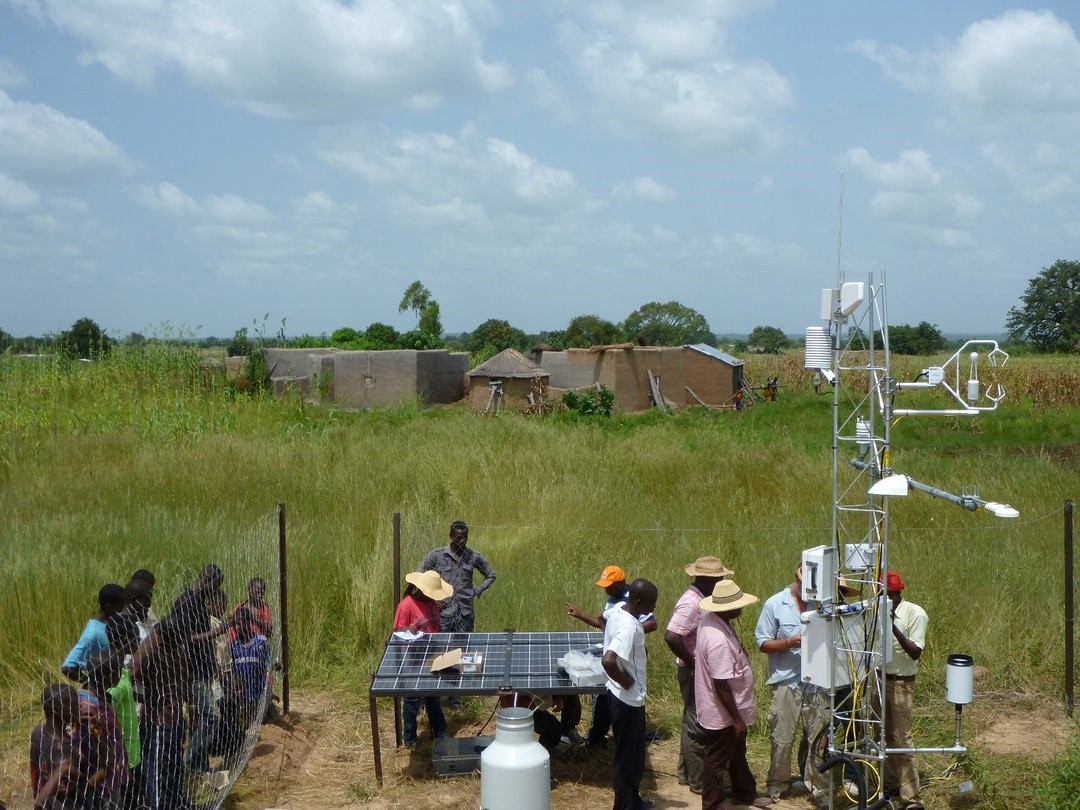Solar-energy challenges in rural settings – D+C Development and Cooperation
Ever since the introduction of solar panels to the commercial market, costs have decreased significantly. Standalone solar power is widely regarded as a rather inexpensive and quick solution to provide electricity to rural health facilities in developing countries because the investments required are low compared to a grid connection.
While solar photovoltaic (PV) systems have great advantages, they come with their own challenges, especially in rural settings without grid connection. Systems which are meant to continuously deliver electricity need a battery storage to ensure electricity during periods without sunlight or unfavourable weather conditions. Since batteries are rather expensive, storage capacity is often limited, and an additional diesel generator is needed.
Moreover, to ensure an adequate lifespan of the batteries, they need to be kept cool, which often requires air conditioning. Installing solar PV systems in remote areas can also be particularly expensive due to transportation costs.
Solar for Health initiative
Among the programmes aiming to improve healthcare by using solar PV systems in developing countries is the Solar for Health initiative, promoted by the UN Development Programme (UNDP) since 2017. According to UNDP, the initiative has supported about 1000 health centres and storage facilities in 15 countries, for example by supplying solar equipment and support for installation as well as maintenance, technology transfer and developing innovative finance mechanisms.
The Covid-19 pandemic highlighted the need for adequate healthcare provision, which relies on electricity to store vaccines, sanitise instruments, run medical devices and have light during the night. In response, the World Bank provides grants to least-connected countries – many in sub-Saharan Africa – as a part of its Energy Sector Management Assistance Program. Funding includes the electrification of healthcare facilities with the help of solar panels and battery storage.
Moreover, during COP27 in Sharm el-Sheikh in 2022, the International Renewable Energy Agency (IRENA) and the World Bank pledged a total of $ 1.1 billion in investments into the electrification of health facilities, food storage and agriculture. The World Bank aims to reach 100,000 health facilities with solar electrification by 2030.


